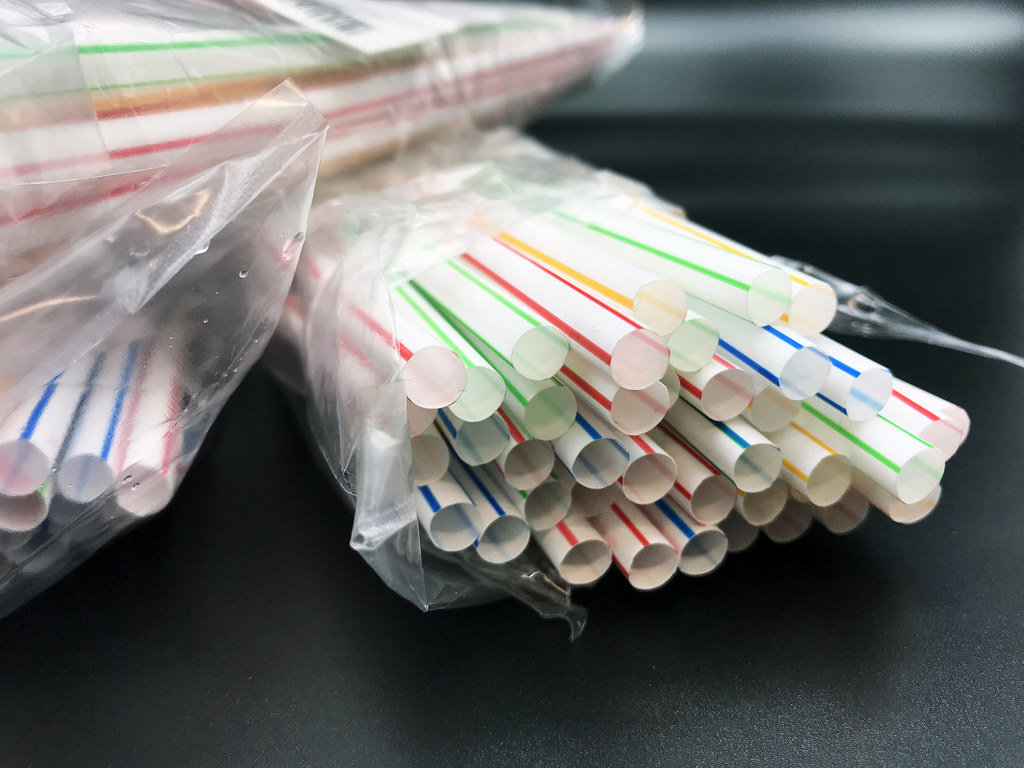Should the United States federal government ban single-use plastics? Single-use plastics, often referred to as disposable plastics, are plastic items that are typically used only once before they are thrown away or recycled. Over 400 million tons of plastic are produced every year, half of which is used to create single-use items such as shopping bags, cups and straws. If discarded improperly, plastic waste can harm the environment and biodiversity. The EPA (Environmental Protection Agency) has stated that basically 100% of all plastics human beings have ever created are still in existence, and only 10% of that plastic is being recycled. Furthermore, single-use plastic is produced from fossil fuels, so extracting and creating these plastics emits vast amounts of greenhouse gasses into the atmosphere. It is estimated that just the extraction of these fossil fuels and their transportation to plastic factories emits 1.5-12.5 million metric tons of greenhouse gasses. Even though the United States no longer leads the world in total annual carbon dioxide emissions, it was still, as of 2021, releasing around 5 billion metric tons of carbon dioxide per year, which was about 13.49% of the total global emissions.
Additionally, single-use plastics harm the environment and people. There is an estimated 75-190 million tons of plastic waste in the ocean, with another 33 billion pounds entering it each year. Marine plastic pollution has impacted at least 267 species worldwide; the impact includes fatalities as a result of ingestion, starvation, suffocation, infection, drowning, and entanglement. Moreover, the impact of single-use plastics on marine life is also dire: coral reefs are negatively affected by plastic pollution. These reefs are typically relied on by a multitude of marine life for food, shelter, nurseries, and breeding grounds. Coral reefs form barriers to protect shorelines from waves and storms, as well as provide food for humans. However, researchers have previously found that plastic can not only “suffocate and kill coral, sponges, and other invertebrates,” but it also increases the likelihood of coral obtaining disease by 20 times the typical rate. Secondly, Researchers estimate an average person consumes 53,864 particles of microplastics from seafood annually, which is equivalent to 17 credit cards. Microplastics are fragments of any type of plastic less than 5 mm in length. People ingest the microplastics through the plastic packaging found on the majority of items in grocery stores. Plastic pollution threatens food safety and quality, along with human health. Fruits and vegetables absorb microplastics through their root system and they enter seeds, leaves, and fruit depending on the plastic’s size. Ingestion of microplastics have been found to increase the risks of birth complications. Residents of communities adjacent to plastic production and waste disposal sites experience increased risks of premature birth, low birth weight, asthma, childhood leukemia, cardiovascular disease, chronic obstructive, pulmonary disease, and lung cancer. Single-use plastics interfere with the biophysical function of pulmonary surfactants and disrupts airway barrier function. After seeing all of these reasons as to why single-use plastic production is harming more than helping, should single-use plastics be banned by the US federal government?








